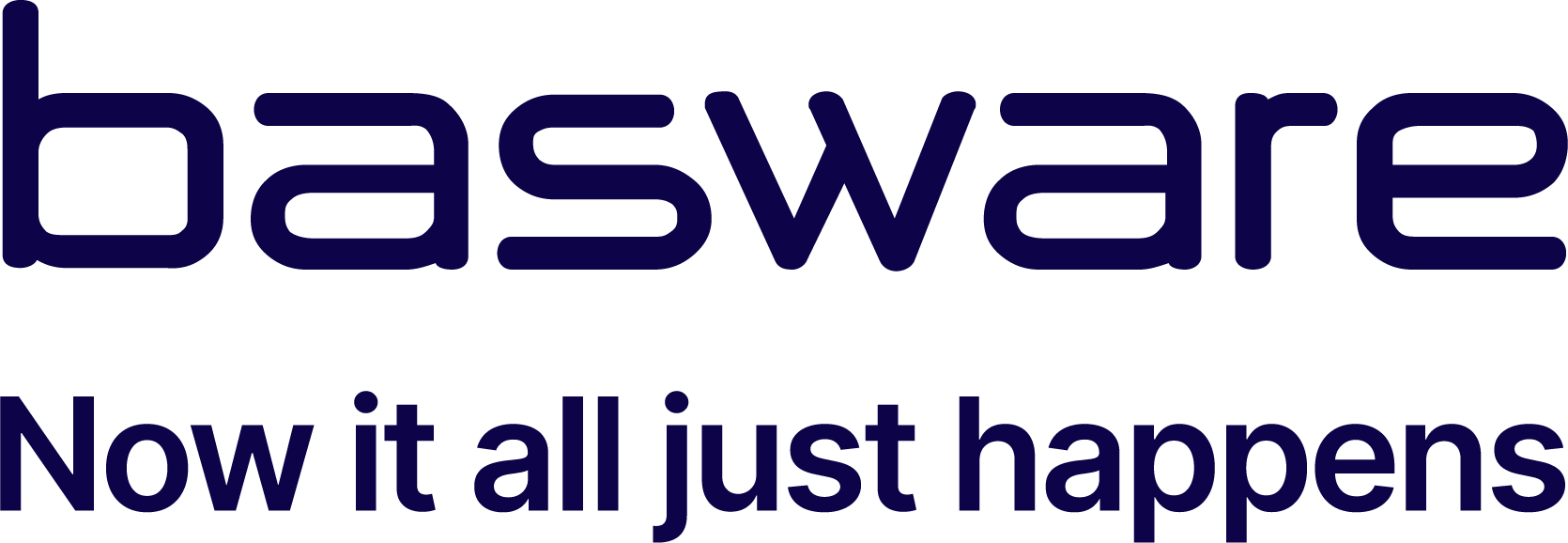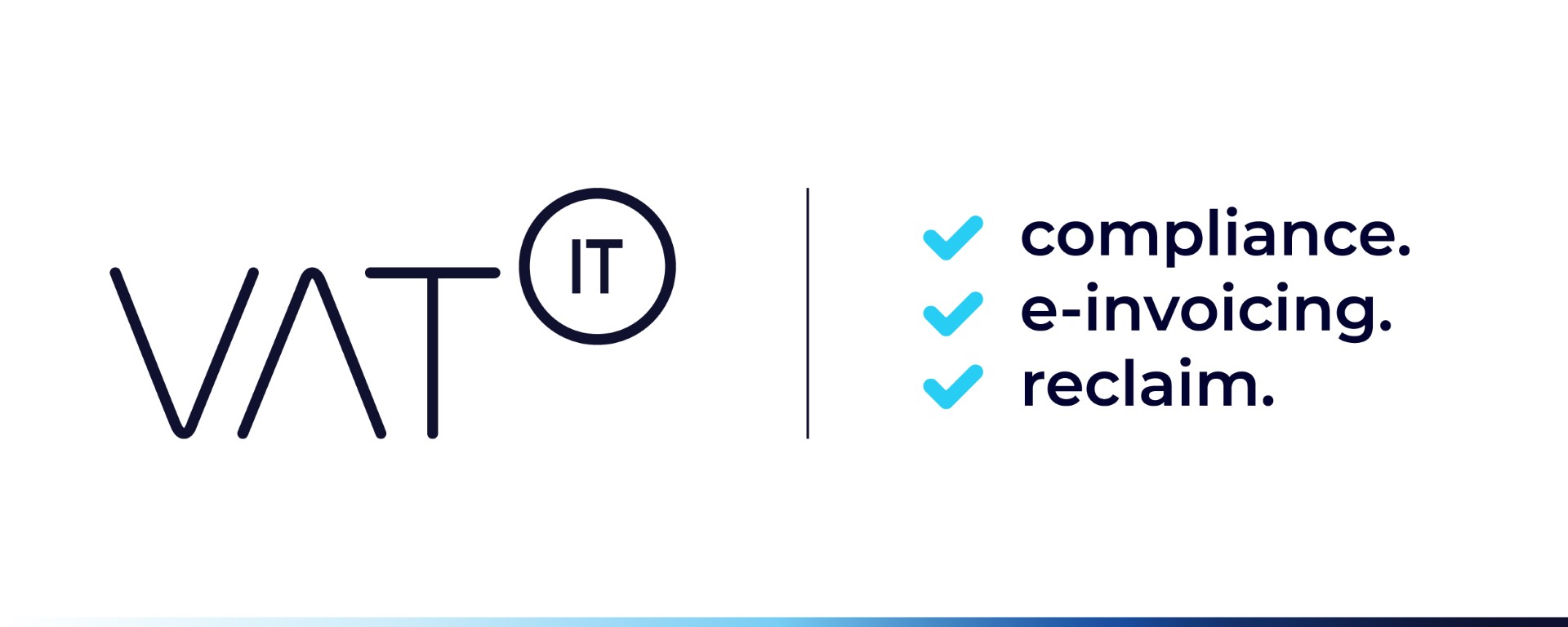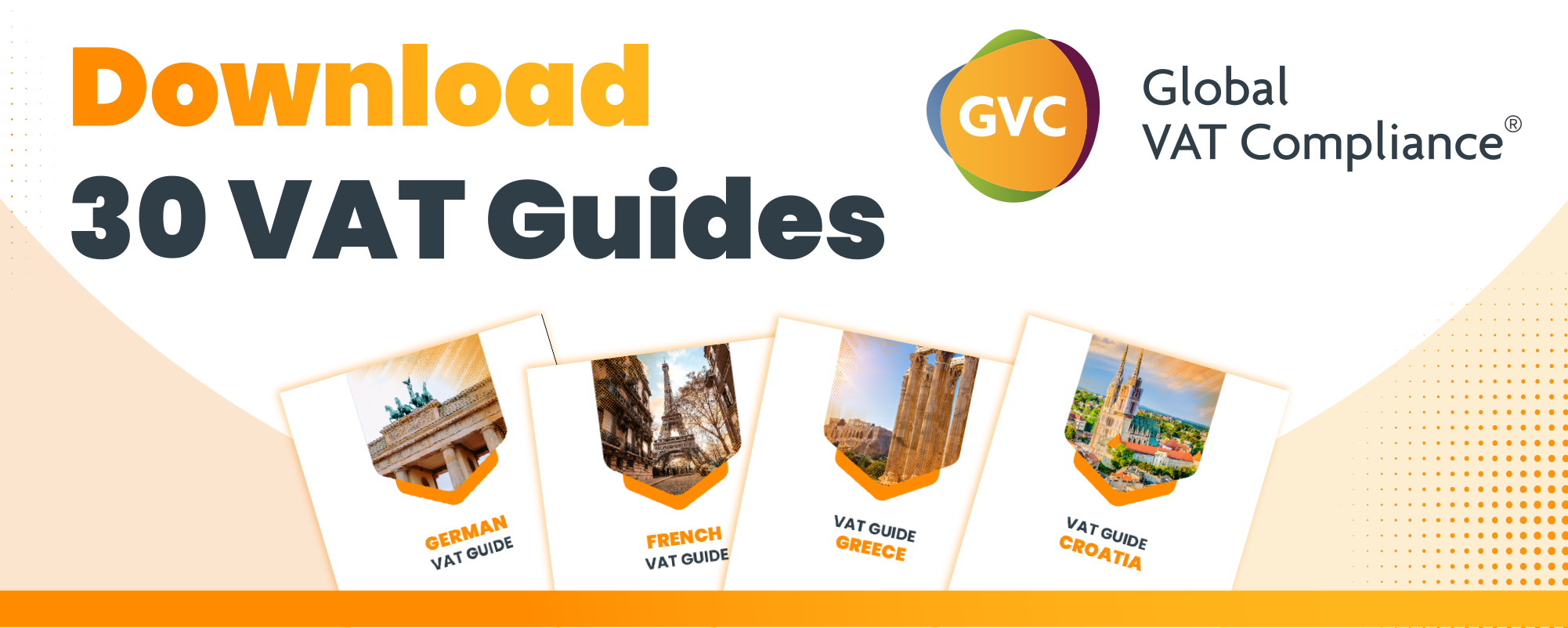Across Europe, tax authorities are taking significant steps towards digitizing value-added tax collection. VAT is by far the most significant indirect tax for nearly all the world’s trading nations, contributing over 30% of all public revenue. VAT as a tax method essentially turns private companies into tax collectors. Traditionally, this leaves them responsible for assessing and applying extremely complex rules about where tax is payable, and how much—which is why we tend to see gaps between expected revenue and actual revenue collected.
Source Bloombergtax
Latest Posts in "World"
- Global eInvoicing: Trends, Models, Interoperability, and Innovation Shaping the Digital Future
- Turn Fiscalization Compliance into a Competitive Advantage: Free Webinar on October 30
- Webinar Fiscal Solutions: Turn Fiscalization Into a Competitive Advantage (Oct 30)
- Basware on YouTube – Compliance without the boring bits – Episode 5 (December 9)
- “How do I know if my Peppol e-invoice has arrived?” – A practical guide for entrepreneurs















